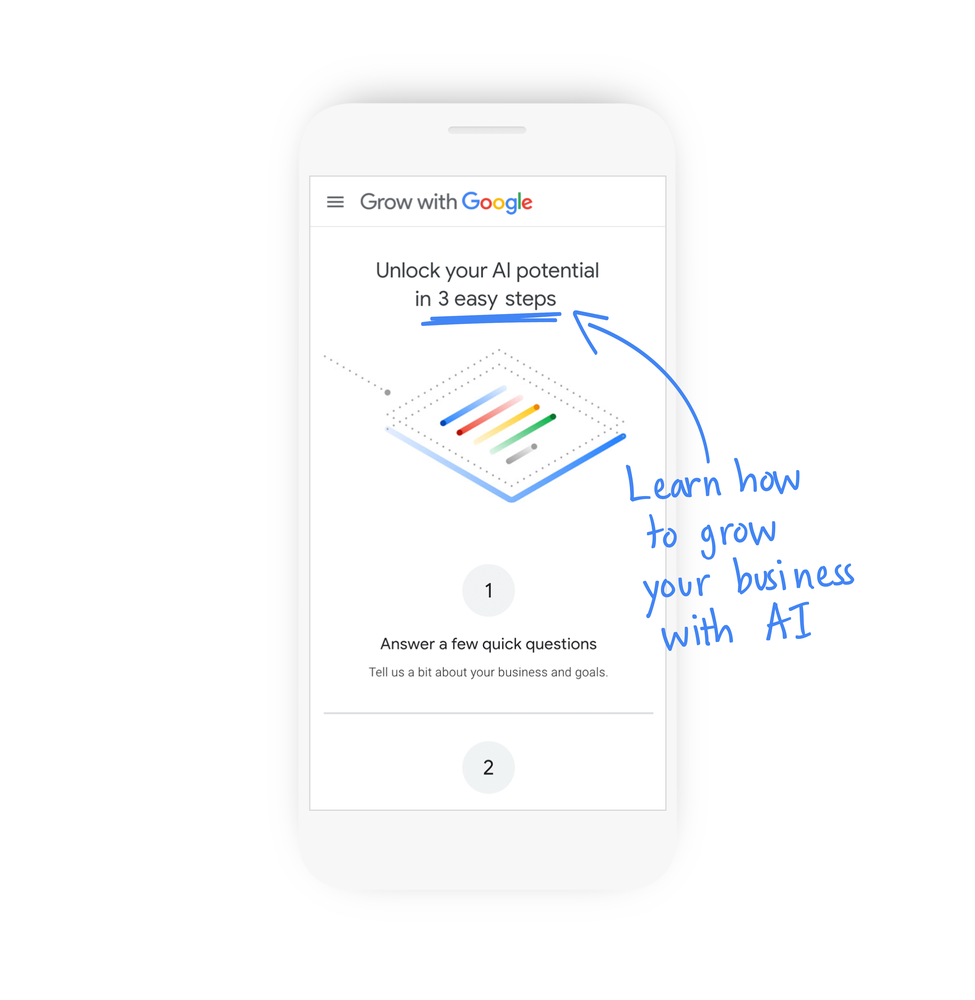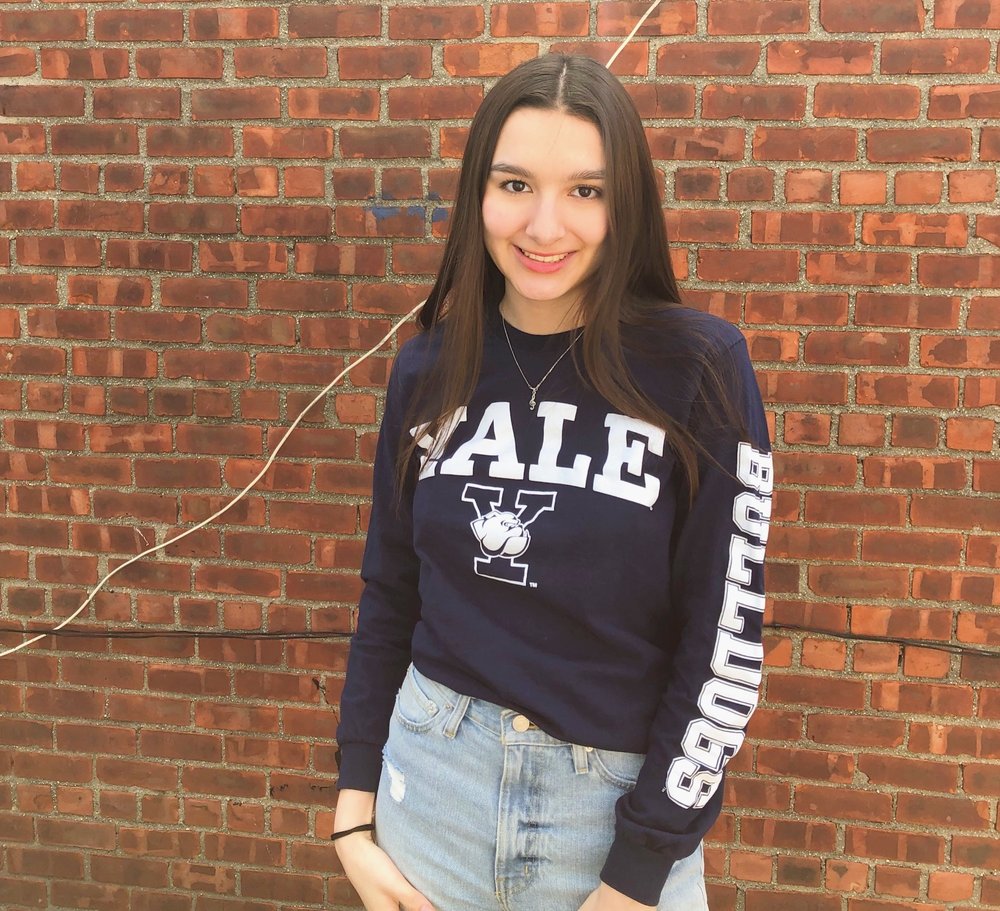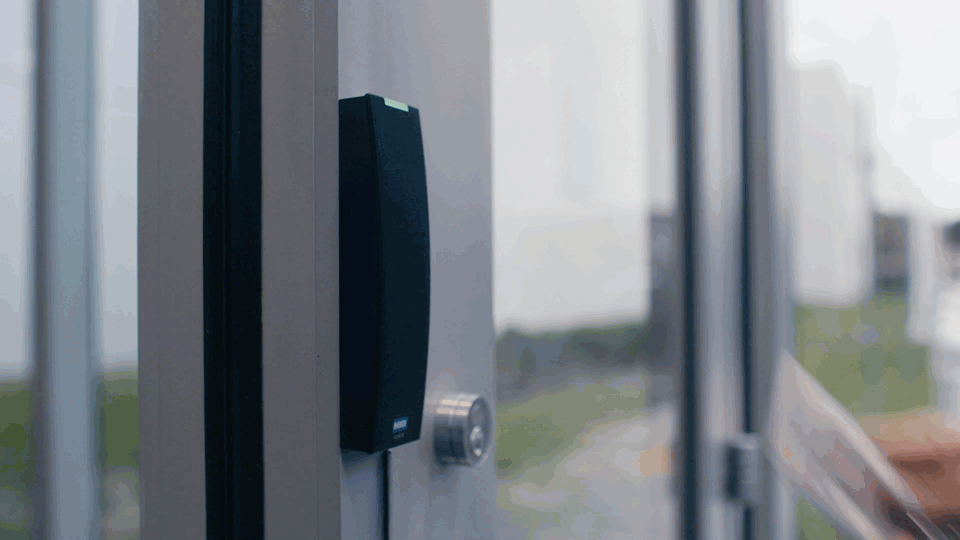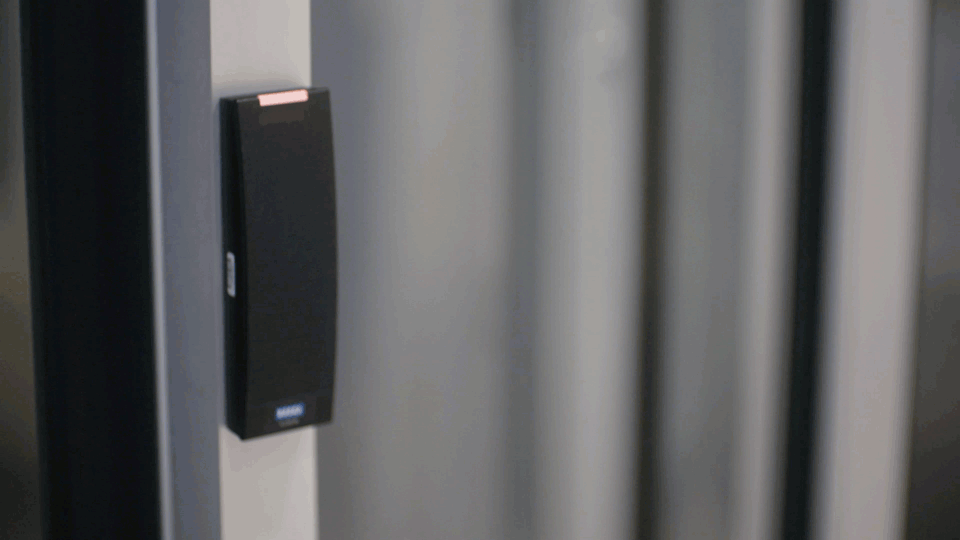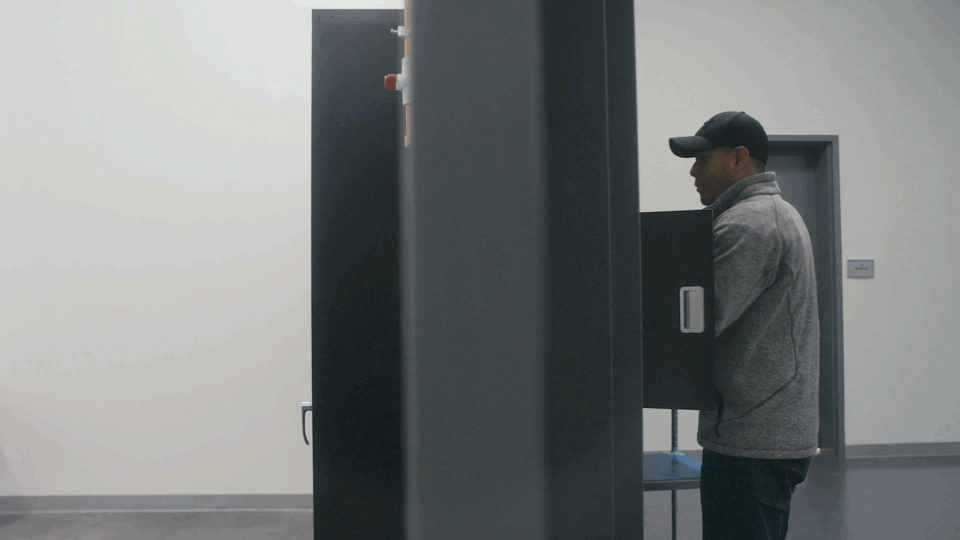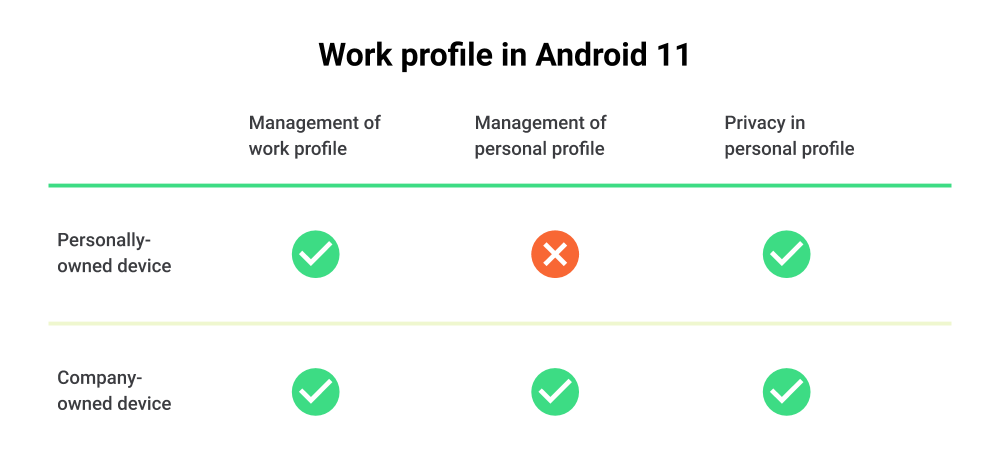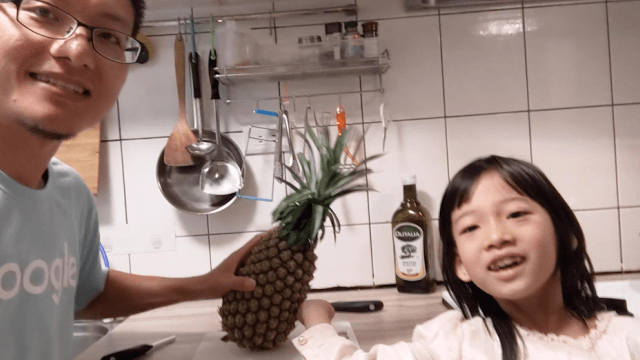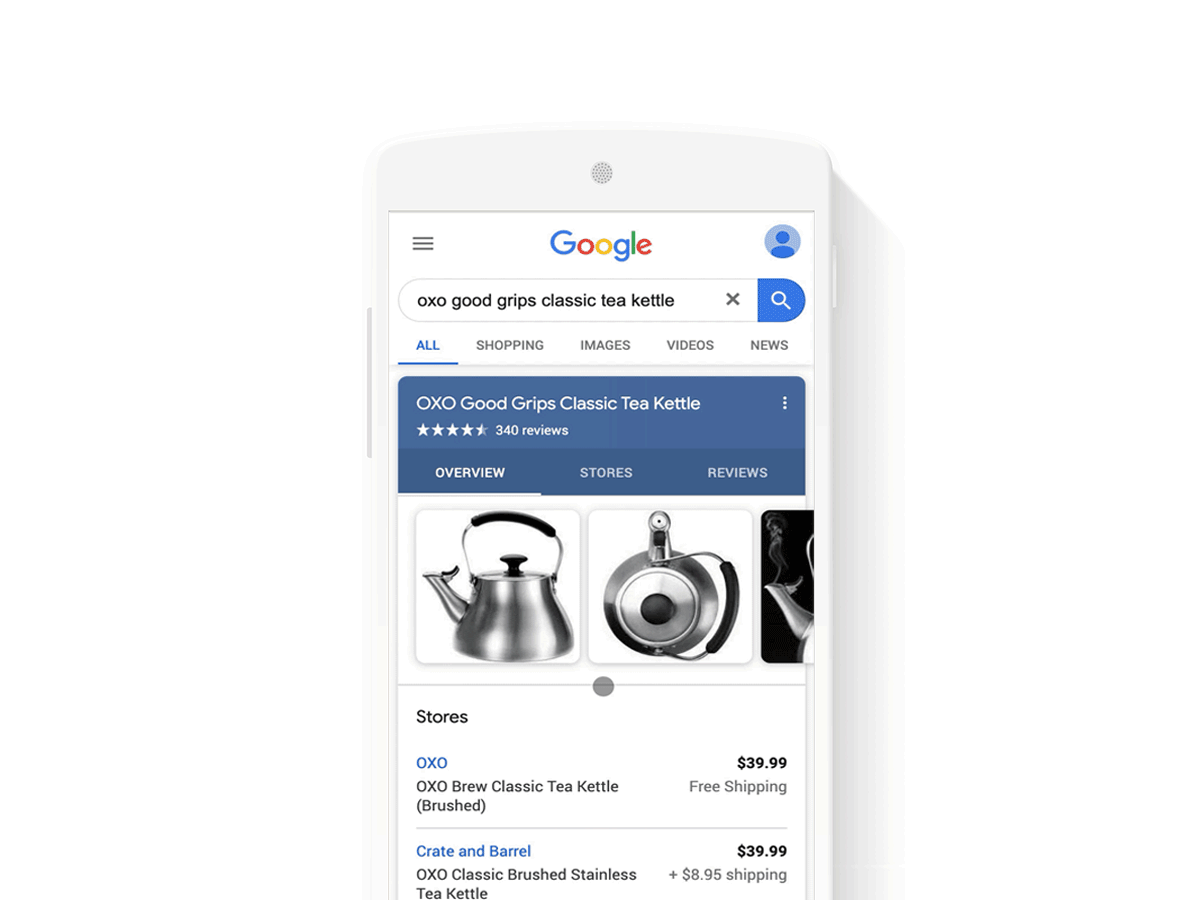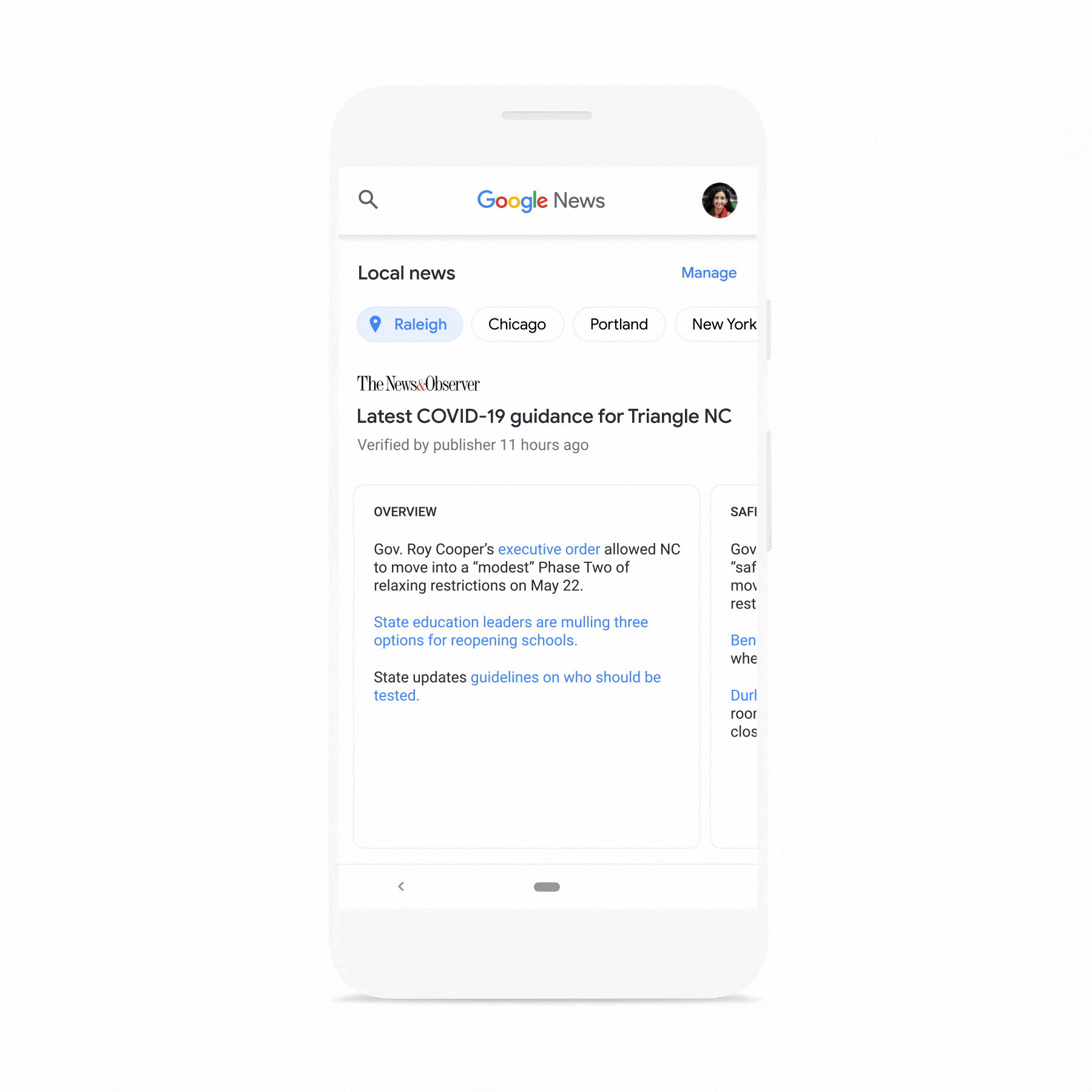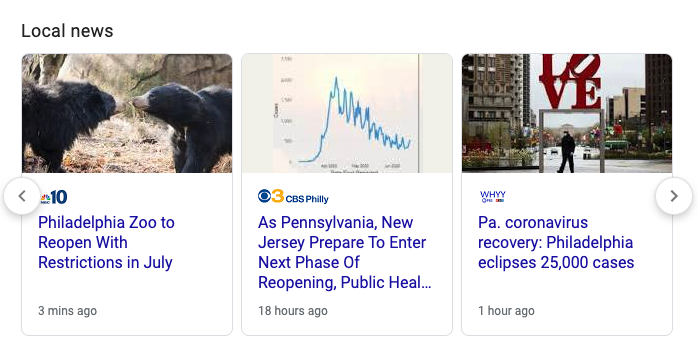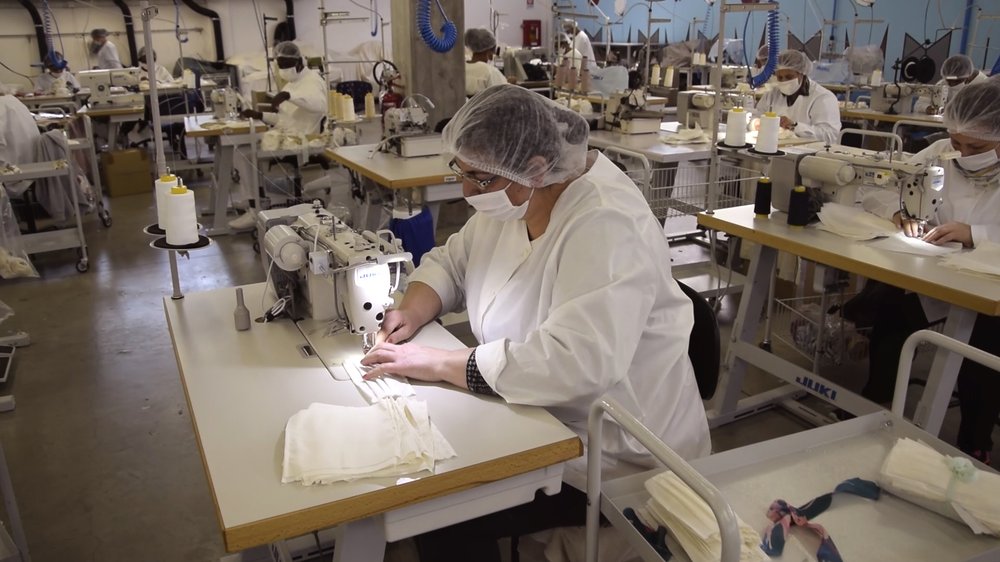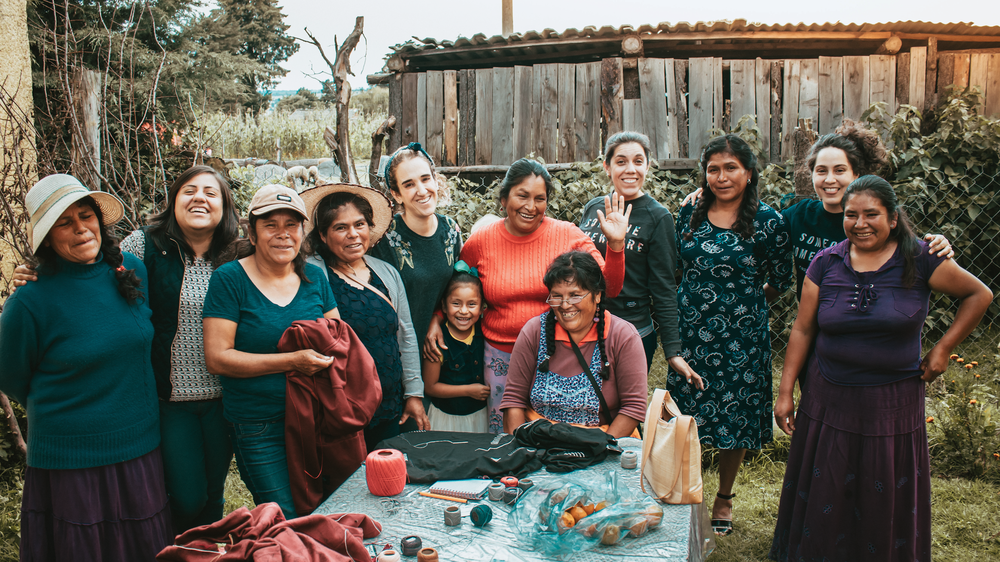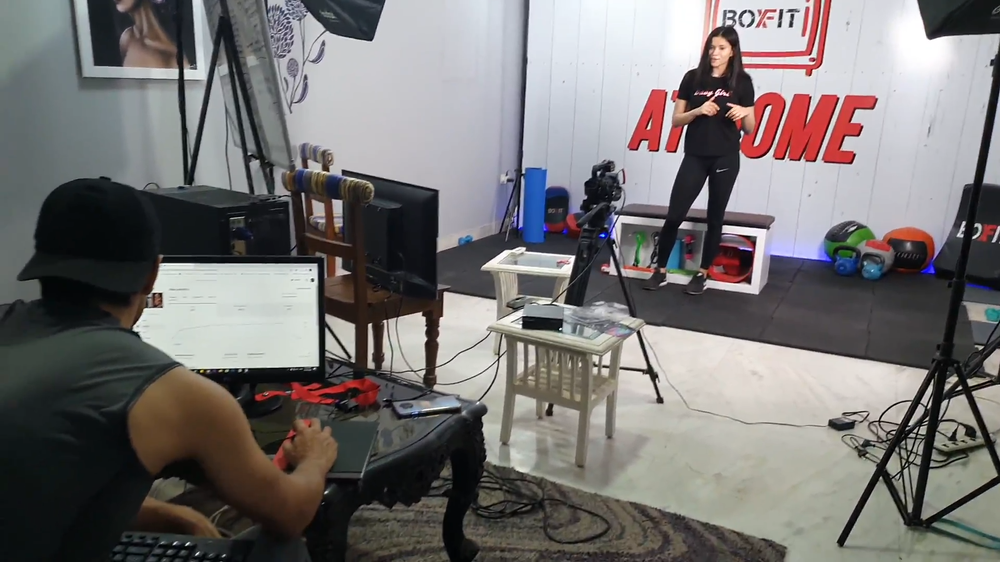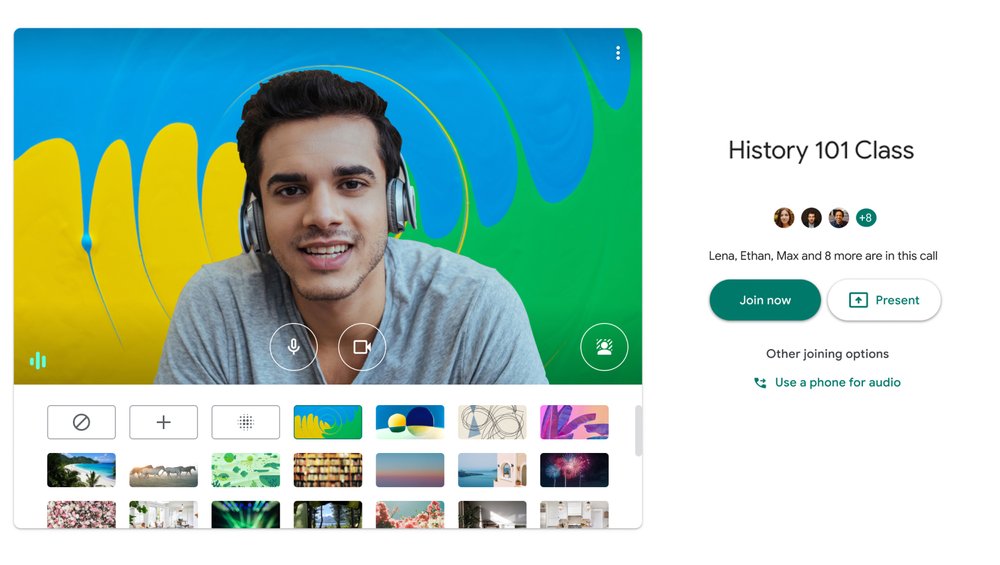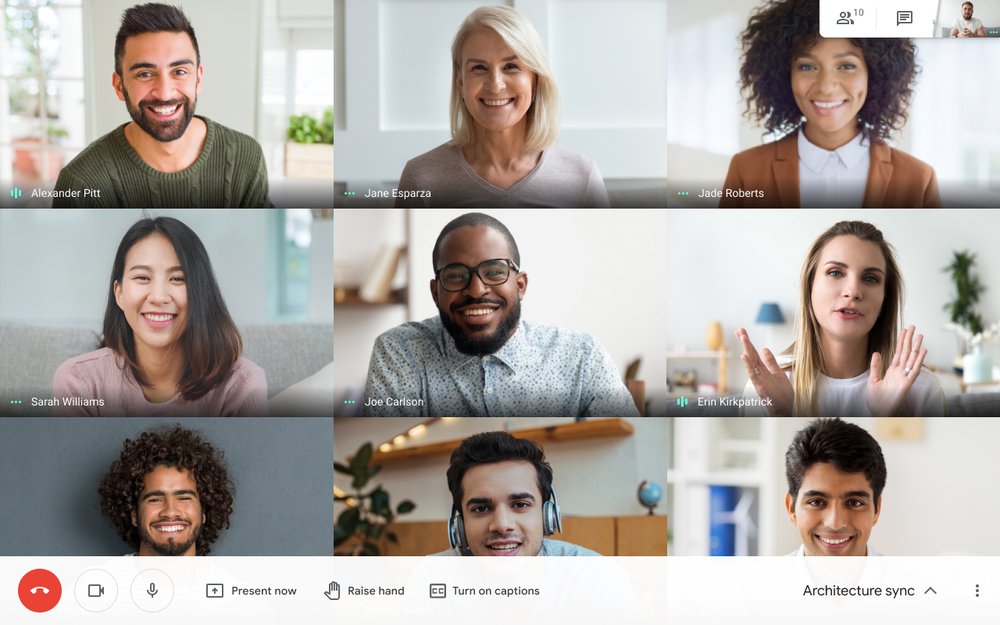Griffin Theatre Company, in Sydney’s bustling King Cross, has produced new Australian plays and welcomed theater-goers since 1978. In March, like many performing arts organizations in Australia, Griffin had to close its doors—but it was determined to figure out a way for the show to go on.
With help from Google’s Creative Lab, Griffin Theatre Company created what their Artistic Director Declan Greene calls “theater, but not as you’ve seen it before.” Their piece, “Thirsty!” is an interactive techno-noir detective thriller, streamed on YouTube, which requires the audience to look for clues to assist the actors. We partnered with Declan and his team to develop #Poll, a Chrome Extension that asked viewers to participate and help shape the narrative inside the live comments stream.
Across three nights in May, this “made for digital” performance was streamed live alongside equally experimental works from The Last Great Hunt and Sandpit. The Last Great Hunt’s show refashioned a living room as a live production space—complete with cardboard props and wall-mounted projection, while Sandpit responded directly to audience comments.
In a world where people can no longer always gather in large groups, Griffin Theatre Company is one of several partners that Creative Lab has helped as they adapt theater experiences, explore new kinds of live performance, and use digital tools to get audiences more involved. Working with organizations right across Australia, including Opera Queensland, we’ve developed a first-of-its-kind Performance Guide to support the broader arts community, with guidelines on how organizations can create works for online audiences, including information on live streaming, ticketing, promotion and more. The guide also shows arts organizations how to add donation links to their business profile on Google, letting people know how to help them with their rebuilding efforts.
In addition to the Performance Guide, we’ve provided general support to cultural organizations to help them stay in touch with audiences around the world. Last month, Google Arts & Culture announced the launch of “Connected to Culture”—a multi-language digital toolkit to help organizations keep their cultural programs going online. We’ve hosted training for organizations like the Australia Counciland Create NSW, walking them through the process of creating ‘made for digital’ work and sharing what we’ve learned so far.
It’s been a privilege to work with partners like Griffin Theatre Company, and inspiring to see their creativity shine even in adversity. As theater doors slowly open again, we’re looking forward to continuing to work with Australian cultural organizations on new possibilities for their work and their audiences.
by Louise Richards via The Keyword



